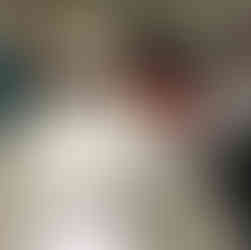Dynamic Earth
- Steven Nikolov
- Feb 11, 2020
- 1 min read
On February 7, Biology students began learning about the dynamic earth we live on. They will cover topics such as plate tectonics, the type of crust we have, what happens when crusts collide, how water affects landforms, and the rock cycle.
To start the unit off, the students were asked to draw what they knew about plate tectonics on large whiteboards. In groups of three or four, they collaborated and drew all they knew from the different types of interactions between tectonic plates, to the effects they cause such as rifts, earthquakes, volcanoes, or tsunamis.
They then discussed the differences between continental and oceanic crust. Continental crust is thicker, about 70 kilometers thick while oceanic crust is thinner, being only 5 kilometers thick. Another key difference is the densities of each crust. Continental crust is less dense, about 2.7gm/cm^3 while oceanic crust is more dense, about 3.0gm/cm^3 and the mantle rocks underneath having a density of 3.3gm/cm^3.
They also discussed how the earth seems very static, but is dynamic over long periods of time. This has shaped the Earth over millions of years and affected life. In the short term, Plate Tectonics also leads to such dramatic events as earthquakes, volcanoes, and tsunamis.

















Comments